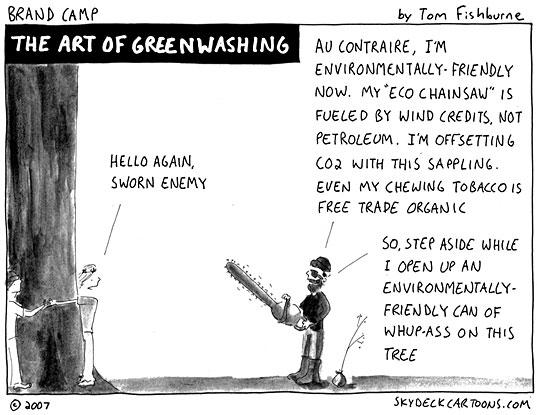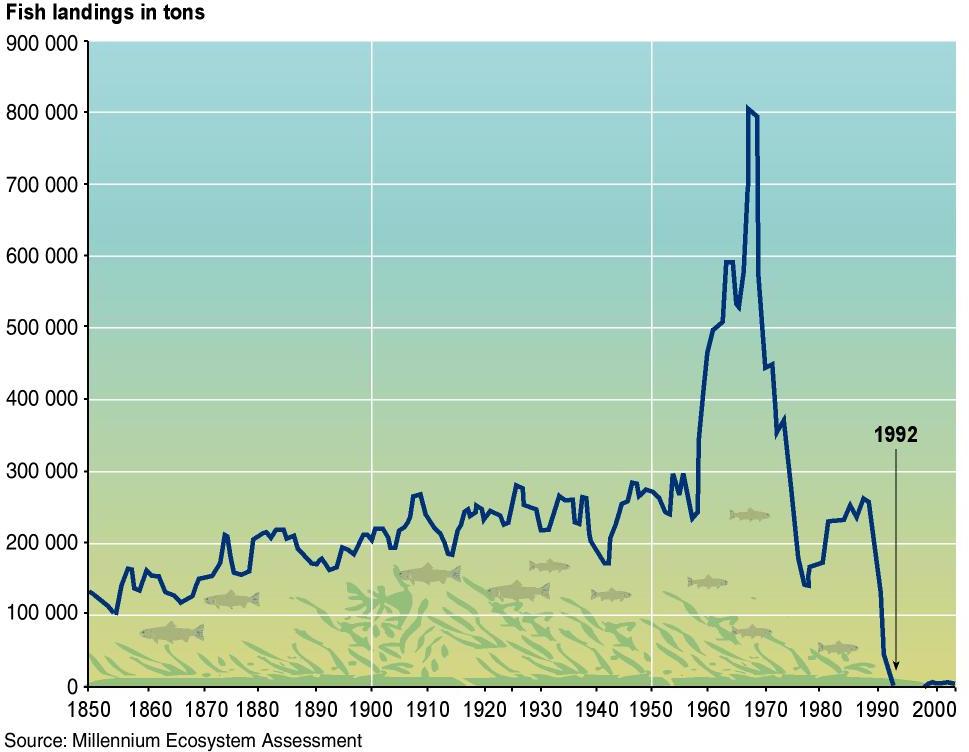As a student who lived in the East and West, I realized something about the different approaches to the issue of Sustainability, and how culture plays a huge factor in the way governments are dealing with it.
In terms of corporate social responsibility, I feel that companies from the East and West have played an almost equal role in achieving public support as well as environmental standards. This might be further explained by the fact that corporations from the East are increasingly compelled to set these standards because of the influence from the West, who are concerned about the company’s image as a whole. Therefore, for corporations which stretch across borders, sustainability marketing is effectively implemented to complement their CSR objectives as well.
However, what differs between the East and West in their methodology. There are policies in the East to cope with the needs of the environment, but the West probably does not see this because of the lack of marketing – or rather, marketing at a more basic level.
In the West, marketing through different platforms are more sophisticated – they are also much more aggressive. In addition, the issue of Sustainability does not only start from the government’s call for change; there are also non-for-profit organizations educating the public about these issues and this could also be a part of sustainability marketing. In the West, there is a lot more freedom to communicate these issues as a non- governmental group. The culture of democracy and how a country is managed is much more liberal in this sense.
From my experience in Asia, people in the East respond to sustainability marketing only if it applies to them; they are mostly Conventionals. This is not to say they are less sustainable in their daily living; the culture in Asia is based on a more practical sense. For instance, there are almost none dish washers in Asia because so much more water is wasted; almost everyone installs fluorescent bulbs because they are more energy efficient than incandescent bulbs – not because fluorescent bulbs release less mercury than incandescent bulbs. Furthermore, Asian countries have governments who play a much central role in their administration. A lot of advertising surrounding environmental issues, products and practices are established by the government, but they are also effective.
Another point I would like to make is that while most people in the East are Conventionals, there are a huge portion of Conventionals who practice energy saving, environmentally friendly yet practical practices, as compared to the percentage of people in the West who are categorized as LOHAS and Naturalites.
I am not saying that either methodology is more effective – in fact, I was amazed by how much concern my fellow friends have for the environment, but the different marketing approaches people have in different parts of the world because of the culture.
Of course, this is based on my interaction with people in Canada, Singapore and my travels. I am generalizing and there are definitely many exceptions.











